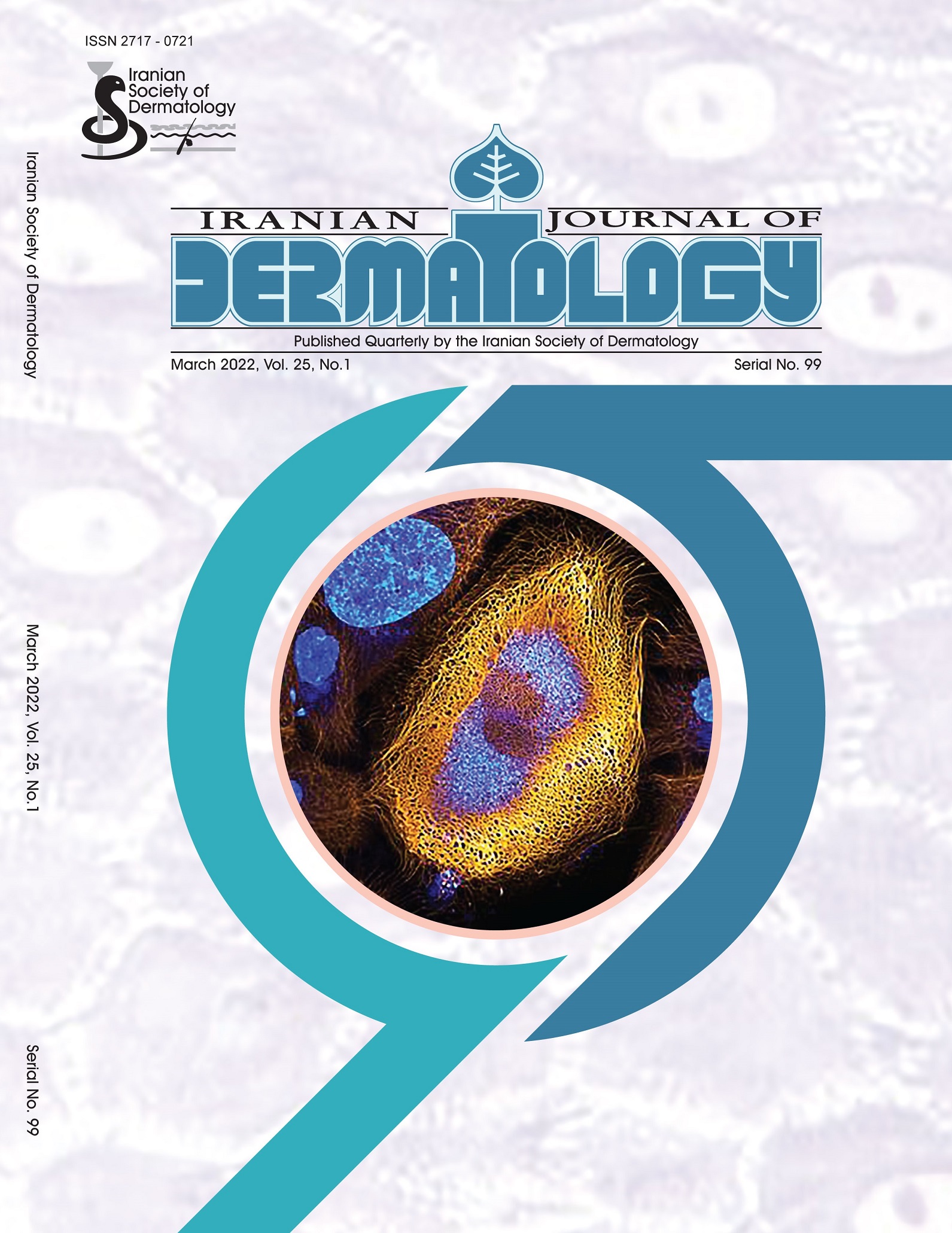Document Type : Original Article
Authors
- Sandra Widaty 1
- Eliza Miranda 1
- Sri Linuwih Menaldi 1
- Mufqi Handaru Priyanto 1
- Henin Tirta Kusumawardhani 2
- Aria Kekalih 3
- Kusmarinah Bramono 1
1 Department of Dermatology and Venereology, Faculty of Medicine, Universitas Indonesia, Dr. Cipto Mangunkusumo Hospital, Jakarta, Indonesia
2 Faculty of Medicine, Public Health, and Nursery, Universitas Gadjah Mada, Yogyakarta, Indonesia
3 Department of Community Medicine, Faculty of Medicine, Universitas Indonesia, Jakarta, Indonesia
Abstract
Background: Malassezia folliculitis (MF) is a chronic disease that develops in the pilosebaceous unit, caused by Malassezia species. Patients’ characteristics, clinical manifestations, laboratory examination, and treatment choice affect the clinical recovery in patients with MF. This study aimed to identify several potential factors that determine the treatment outcome of MF.
Methods: This retrospective study was conducted at Dr. Cipto Mangunkusumo Hospital, Jakarta, from 2013 to 2017. Eligible patients diagnosed with MF based on clinical and microscopic examinations were included. Clinical outcomes were defined as complete cure or improvement with a decrease in the subjective symptoms (itchiness) and objective symptoms (lesions). Analyses were carried out using STATA version 5.0, and some analyses and graphics were generated in R (version 3.2.2 for Windows), GraphPad Prism version 6.01, and Microsoft Excel.
Results: A total of 30 patients with MF were recruited. Several factors had a significant effect on the clinical outcomes such as predilection site (chest; HR 1.422; 95% CI 1.262–1.696; P = 0.018), isolated systemic therapy (HR 1.915, 95% CI 1.441–2.532; P = 0.002), and combination therapy (HR 1.858; 95% CI 1.350–2.541; P = 0.041).
Conclusion: Lesions in the chest area, isolated systemic antifungal therapy, and combination therapy were associated with good outcomes following antifungal treatment.
Keywords

